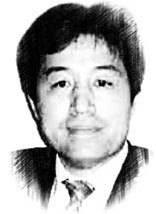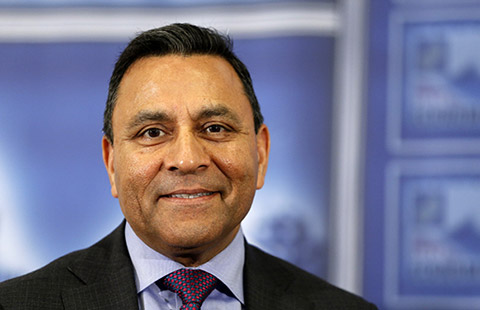Focus on urbanization, Shanghai FTA
So the driving force of urbanization is to bolster the development of non-agriculture sectors, which requires constant capital input and innovative entrepreneurship. Investment in specific industries, rather than in the property market, is recognized as the key to success.
A3 The trial plan marks an important step and shows China intends to turn Shanghai into a global trading center. The zone may open up a more transparent environment for the service sector and carry out financial reforms to facilitate Shanghai's goal as a global financial hub. The zone is also conducive to logistics, especially in Asia-Pacific, which is in accordance with Shanghai's position as a global shipping center.
The policy will help elevate the overall industrial level for both Shanghai and the Yangtze River Delta region. The interaction between Shanghai and its neighboring cities may act as a role model for China's urbanization. The key is to optimize cross-region industrial cooperation, reduce market barriers and deepen inter-city integration.
Sun Lijian, deputy dean of the school of economics at Fudan University

A1 That (larger commercial buildings and more debt) is exactly what I am worried about, if urbanization is still undertaken by local governments pursuing "vanity projects". As the country tightens bank loans for local government finance vehicles, local governments have already resorted to banks' wealth management products as a short-term funding source.
Moreover, some are even looking at the offshore yuan market, which may transform local governments' domestic debt into foreign debt.
One way to solve the problem is to emphasize the role of policy banks, such as the China Development Bank, in advancing urbanization. A fund pool should be established to provide financial aid for public projects.
In addition, we should reduce government-funded investment and introduce more private and foreign capital into project financing, as well as develop fresh financing mechanisms such as the build-transfer model, where the builder pays in advance. However, proper supervision is needed to prevent the misuse of funds.
A2 As urbanization progresses, the government should not be a participant or judge of the game. It should only set the standards and give up more rights.
Previous policy incentives launched by the government made little contribution to real growth, apart from giving State-owned enterprises more land and cheap capital. This is what we should avoid in the future.
Future urbanization should be closely linked to increasing living standards, such as urban renovation. Some local governments have already provided good examples in giving high compensation to relocated residents.
However, this has also resulted in farmers abandoning their land, which is ringing an alarm bell for possible hollowing out of the agricultural sector.
Urbanization should address the employment issue for these farmers, by providing with them with government-subsidized training and encouraging them to pick up manufacturing jobs, like what the Germans do.
A3 There are two significant aspects to the Shanghai free trade zone. First, the growth pattern is transforming from government-led to market-oriented and from policy incentives to certain industries to reduced regulation, so as to avoid overcapacity and heavy debt.
Such a shift is a boon for the sluggish economy, and it reflects the government's determination to correct the funding shortage in the real economy and excess liquidity in the virtual economy.
Second, the free trade zone is not seeking a trade boom but greater openness in the free flow of capital and other elements.
If the timing and scope is right, the smooth flow of capital, talent, patents and information in the free trade zone can be a mirror of "innovation-driven growth" for China.



















